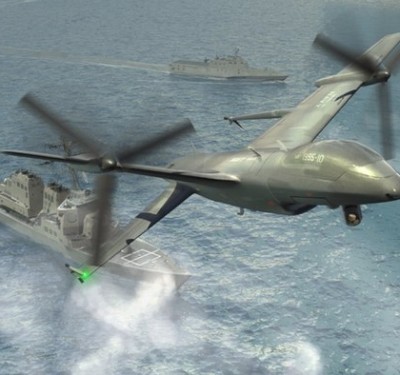Public agencies have a lot to gain from having eyes in the skies. “An aerial vantage point provides an immediate situational awareness,” said Don Shinnamon, vice president of operations for the Unmanned Safety Institute. Unmanned Aerial Vehicles (UAVs) can provide that air support to police, fire and emergency personnel at a fraction of the cost of traditional manned aircraft, in far less time. A study by MarketsandMarkets reports that homeland security (which includes police, fire, and emergency management and border security) accounts for 18.4 percent of global UAV sales, or $3.8 billion.
UAV ADOPTION ACCELERATES
 Just 1.8 percent of U.S. public agencies are currently using drones but adoption is rising quickly. The Bard College Center for Study of Drones reports that the number of state and local public agencies using a drone rose 82 percent from 2017 to 2018. According to Shinnamon, as public service organizations have learned to navigate obtaining authorization and addressing privacy concerns, more have added UAVs.
Just 1.8 percent of U.S. public agencies are currently using drones but adoption is rising quickly. The Bard College Center for Study of Drones reports that the number of state and local public agencies using a drone rose 82 percent from 2017 to 2018. According to Shinnamon, as public service organizations have learned to navigate obtaining authorization and addressing privacy concerns, more have added UAVs.
Ben Miller, who leads the Center of Excellence within the Colorado Division of Fire Prevention and Control, said that the most successful use cases for UAVs thus far involve routine tasks such as crime scene mapping, crash investigations and building inspections for fire-code violations. Drones speed up operations and keep employees safe. In search and rescue operations, UAVs have had more limited success.
In Colorado, manned aircraft with thermal cameras are used to spot fires in the mountains after lightning storms pass through. “We currently don’t have the capability to drop water on a fire from a drone,” Miller said. “Right now, we use a DJI M600 to carry loads like fire hose, food and a drinkable gallon of water.”
One manufacturer might be able to up carrying capacity to 150 pounds. “If we can get to that point, we then could carry enough water to drop on a single tree fire to slow it down,” Miller added.
Drones equipped with infrared imaging cameras, Shinnamon added, help firefighters identify the best location to cut open a roof and ventilate a burning building.
LIFE-SAVING DRONE DELIVERIES
Delivery may be the next big use case for UAVs among first responders—“just like Amazon wants to use drones for delivery, so does public safety,” Miller said. The Division of Fire Prevention and Control worked with the Colorado School of Mines to develop a remote hook that can be used on a larger drone to deliver food and water, a hose reel or a pump. It could also be used in search and rescue operations.
Drones can also provide faster delivery of Automated External Defibrillators (AEDs), medical supplies and samples, especially in remote areas. Under the FAA’s Unmanned Aircraft Systems Integration Pilot Program, the City of Reno is partnering with Flirtey, the drone delivery service, to send AEDs to cardiac arrest victims identified by 911 dispatchers beginning in 2020. Estimates suggest that drone-delivered AEDs could potentially save one additional life every two weeks in Reno.
One of the challenges for public service agencies is improving the knowledge base among drone users, Miller said. “New users probably know about 50-60 percent of what is required. We need to fill in the rest of the story.” In Colorado they are trying to close that gap with a certification process for Part 107-licensed pilots within public agencies.
What public service agencies need most, Shinnamon said, is to integrate UAVs into the national airspace system. “When that finally happens we’ll see an explosion in the next generation of aviation.”

Infographic: Unmanned Tools for First Reponders






